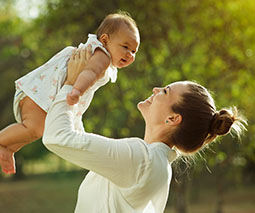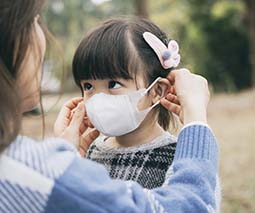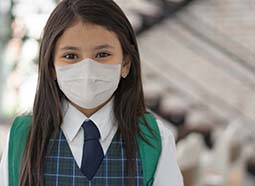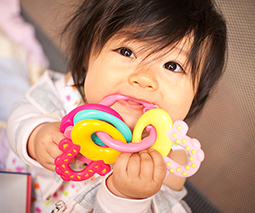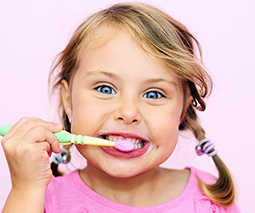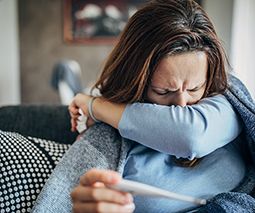GP reveals the 7 things you need to know about treating kids’ wounds
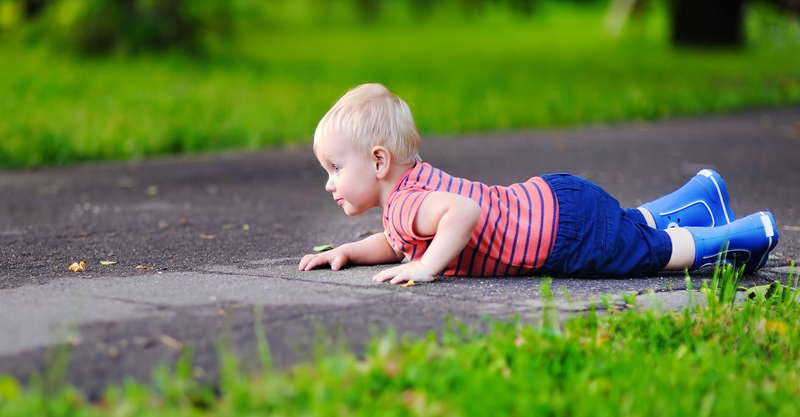
We all know that kids are accident prone and it’s practically a rite of passage for them to have some impressive scraped knees, grazed chins and bumped elbows to show friends. They explore, they run, they climb — a wound is inevitable at some point. But dealing with your own child’s first wound can be incredibly distressing, especially if it’s one that requires medical attention.
Your child will have more than a few accidents in his childhood, there’s a few things to know about treating wounds that can make the whole thing much easier to cope with.
1. Don’t beat yourself up
Your child’s first wound can leave you berating yourself for not keeping a closer eye on them or not foreseeing the rogue toy they tripped over, but renowned Sydney GP, Dr Ginni Mansberg says accidents are part of childhood. “Stumbles, tumbles, cuts and bumps are a part of growing up, not a sign of inferior parenting,” she says. “Children’s co-ordination and sense of balance don’t match their zeal for exploring new terrain.”
2. Assess the wound
Some wounds can be fixed up at the local medical centre, whereas others need to be treated with glue or stitches. Dr Ginni recommends starting with an overall assessment on the wound. “Firstly, how wide is the gash? Glue or stitches are needed to hold the edges of the wound together if they are separated by more than a couple of millimetres,” she says. Also, if the wound appears very deep, or is situated across a joint, glue or stitches may be needed. If you have any doubts, seek medical advice.
3. Keep your child calm
It can be hard to keep your child from being upset while her wound is being treated, but staying calm yourself can help the situation. Dr Ginni encourages parents to take some deep breaths if they’re feeling panicky. “Your little one is closely studying your face and body language. Want her to be calm? You need to hold it together,” she says. Maintaining a quiet voice can also help keep the atmosphere calm. “There is a lot of sound when a child is screaming and you’re shouting over the top of her to be quiet. Instead, try whispering in her ear. She will probably stop yelling to hear you. I use this tip in my practice a lot!”
4. Avoid coloured ointments
A lot of us might be using ointments that slow down the healing of wounds, suggests Dr Ginni. If you’re using anything brown-coloured to keep your child’s wound clean, be aware that this type of ointment will get in the way of the skin repairing itself. “(These agents) can be outstanding for killing bacteria, but they also kill off the cells that help your wounds repair. The longer they’re unhealed for, the larger the scar is likely to be,” says Dr Ginni. A moisturising agent, or something like medical grade Manuka honey can provide the moisture a wound needs as well as having antibacterial qualities.
5. Keep the wound moist
Most of us parents have been living by the rule of ‘letting wounds dry out’, but Dr Ginni says that scabs should no longer be considered a good thing. “We don’t want a scab forming. At the end of the day, a scab stops effective skin wound healing. If the body can’t heal naturally, it will form scar tissue.” Keep the wound covered until the skin has completely healed underneath, and you can avoid an unsightly scar.
6. Review what happened
Once your child’s wound has been treated, it’s time to look at what happened in order to prevent the accident from occurring again. Of course some accidents aren’t preventable, but if it happened in the home, chances are you could make some adjustments to help stop it happening again. “Is there something dangerous that should be moved or made less dangerous?” asks Dr Ginni. “For example, a sharp-edged coffee table should be covered or moved while your baby is learning to pull himself up to stand.” Conduct a risk assessment of your home to limit future stumbles and tumbles.
Download the Kinderling Kids Radio app to hear more great parenting advice and chat on Kinderling Conversation
7. Do a first-aid course
A first-aid course will equip you with the skills and confidence you need to manage the next accident that pops up. “I can’t recommend this highly enough!” says Dr Ginni, who wants parents to feel prepared and competent when it comes to treating their kids wounds. Many first-aid courses are designed specifically for parents, so the material covered will focus on all the typical accidents kids experience. Once you’ve got a bit of knowledge under your belt, you’ll be primed and ready for the next tumble your child takes.
